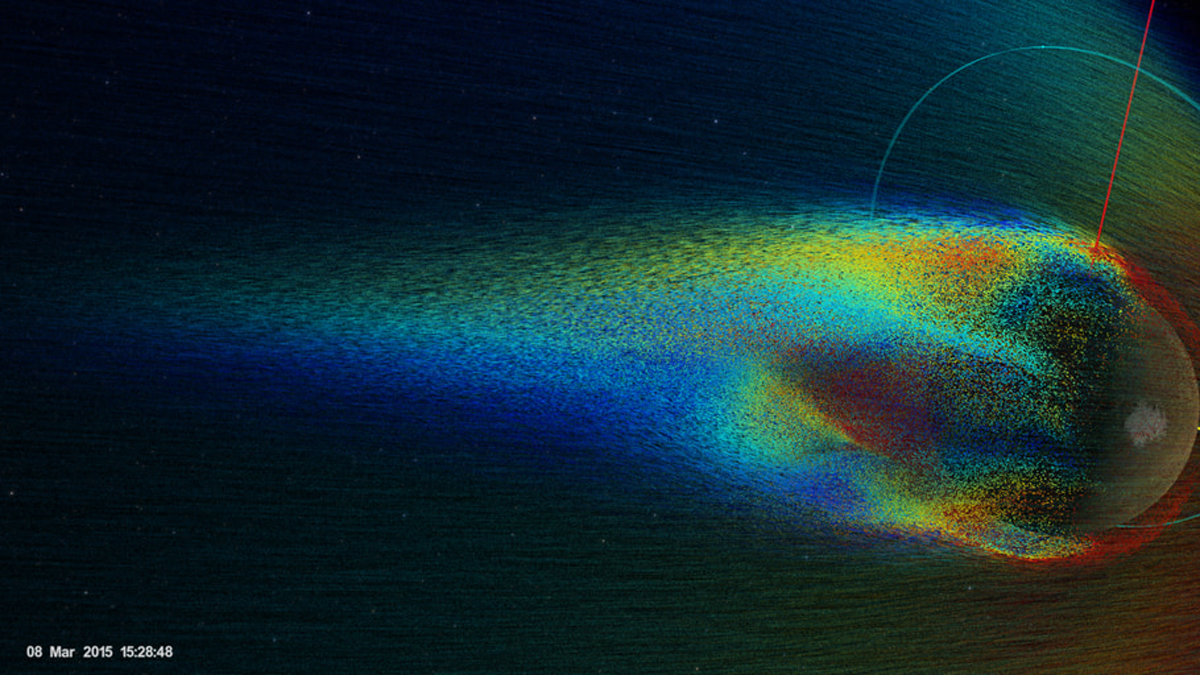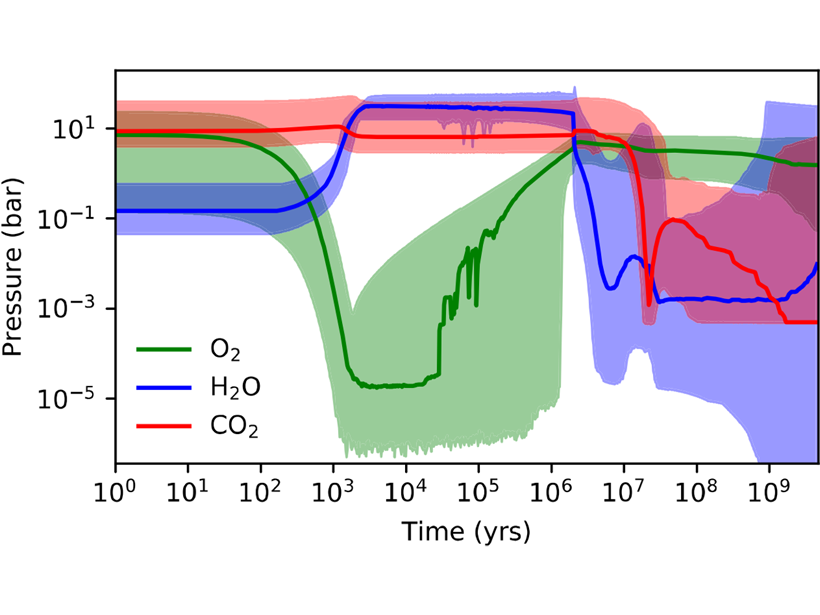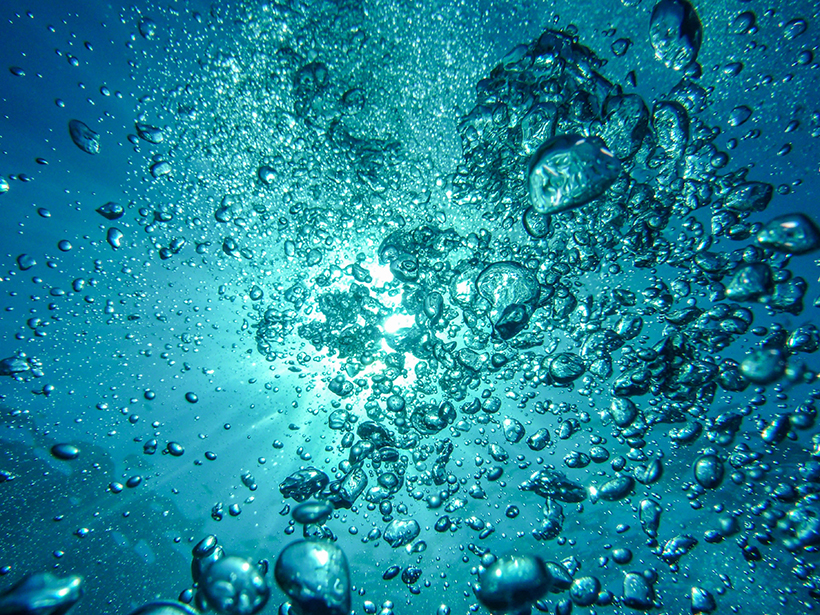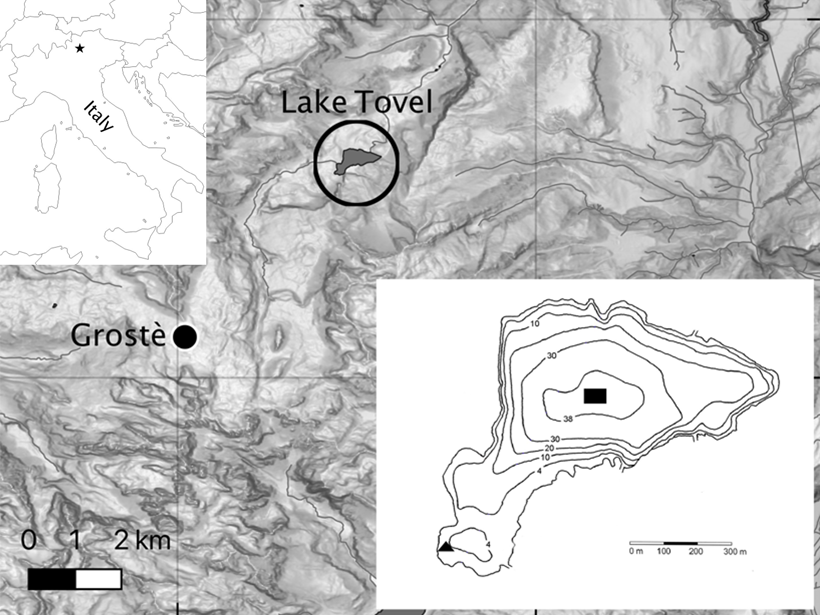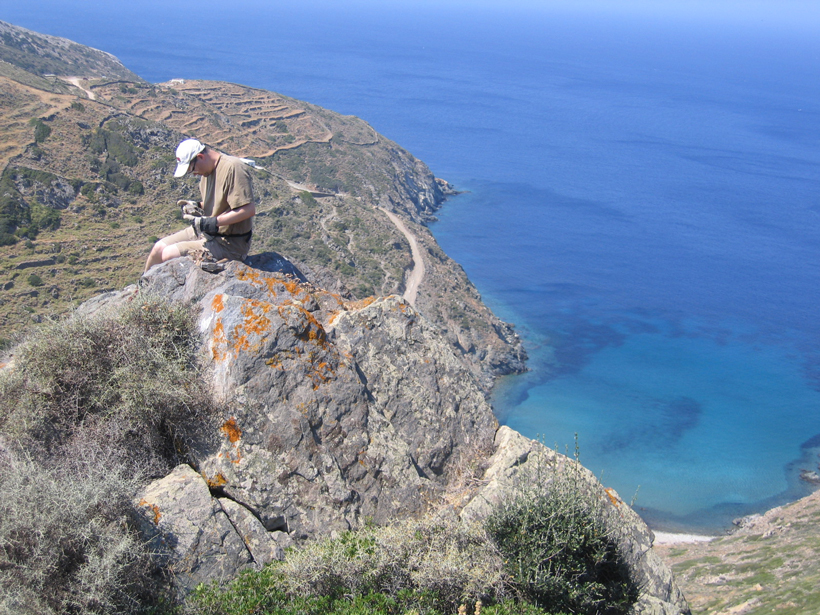The flux, observed with NASA’s MAVEN spacecraft, is in line with models and 1–2 orders of magnitude lower than that of oxygen ions.
oxygen
Is Atmospheric Oxygen a Planetary Signature for Life?
While some Earth-like worlds can generate significant O2 only by biology, “waterworlds” and “desert worlds” can build up O2 even without life because of chemical changes from atmosphere loss to space.
El Monte Everest a veces puede sentirse más bajo que el K2
Las variaciones de la presión atmosférica en la cima del Everest afectan a la disponibilidad de oxígeno, modificando la percepción de la elevación de la cumbre unos cientos de metros.
Mount Everest Can Sometimes Feel Lower Than K2
Variations in air pressure on the top of Mount Everest affect oxygen availability, changing the perceived elevation of the summit by hundreds of meters.
Zero-valent Iron in the Oxidizing Atmosphere?
A comparative study of urban, semi-urban, and rural sites reveals that the species of atmospheric iron varies depending on location.
Deep-Ocean Oxygen May Increase with Climate Change
A millennial-scale ocean simulation indicates that oxygen gains in the deep ocean may offset oxygen losses in the upper water layer under a protracted climate change scenario.
Climate Warming Improves Oxygen Mixing in a High-Altitude Lake
Long term weather and lake data from a high elevation lake in the Alps demonstrate that climate warming may actually improve the ability of high-altitude deep lakes to mix their waters.
Using Garnets to Explore Arc Magma Oxidation
Samples collected from Greece help researchers piece together a scientific puzzle.
Curiosity Rover Reveals Oxygen Mystery in Martian Atmosphere
An air-sampling study has captured long-term trends in the concentrations of five key atmospheric gases for the first time.
The Jail That Keeps Oxygen in the Air
Oxygen shouldn’t be in the air we breathe. But it is, and the reason why is almost criminal.

